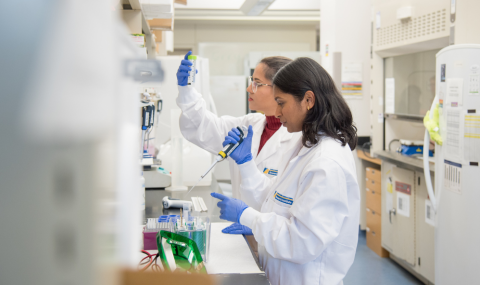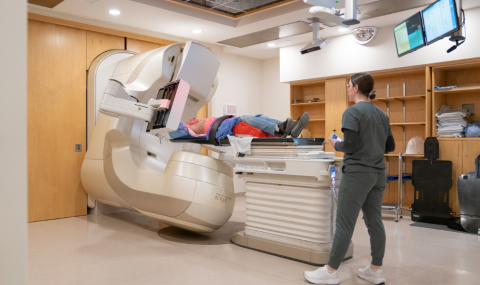|
|
Answer:
Mixed
venous oxygen saturation (SVO2)
can help to determine whether the cardiac output and oxygen delivery is
high enough to meet a patient's needs. It can be very useful if measured
before and after changes are made to cardiac medications or mechanical
ventilation, particularly in unstable patients.
| What
is SvO2?
Mixed venous oxygen saturation (SVO2) is a measurement of the amount of oxygen returning to the right side of the heart (percentage bound to hemoglobin). This refects the amount of oxygen "left over" after the tissues remove what they need. ATP (energy) is needed for cell function and survival. Tissues require oxygen in order to make ATP (energy). If the amount of oxygen being received by the tissues falls below the amount of oxygen required (because of an increased need, or decreased supply), the body attempts to compensate as follows: First
- Cardiac Output is Increased
Oxygen Delivery is the amount of oxygen being sent to the tissues, and is determined by the following:
If this is not sufficient to meet tissue energy needs; Second
- Tissues Extract an Increased Amount of Oxygen.
If
this is not sufficient to meet tissue energy needs;
Why
Measure SvO2?
A rise in SvO2 demonstrates a decrease in oxygen extraction, and usually indiates that the cardiac output is meeting the tissue oxygen need. A return of the SvO2 to normal, in the presence of a normal or improving lactate, suggests patient improvement. However, a rise in SvO2in the presence of a rising lactate is inappropriate - the patient who has resorted to anaerobic metaolism (third compensation) should have evidence of a high cardiac output and increased extraction. This is an ominous finding, suggesting that the tissues are unable to extract. It can be seen in late septic shock, or in cell poisoning such as cyanide. SvO2
can help to determine whether the Cardiac Output is adequate.
SVO2 can be very helpful when attempting to determine whether a change in therapy is beneficial. Measuring SvO2 before and after a change can assist in determining whether the therapy made the patient better or worse. SvO2 can also be useful when evaluating changes to ventilator therapy, especially in unstable patients. Changes may be made to the ventilator to increase the oxygen content of the blood, which is important to the total oxygen delivery (cardiac ouptut X oxygen content). Increased PEEP may be required to increase the oxygen content, however, increased levels of PEEP can decrease the cardiac output. By measuring the SVO2 before and after a change in PEEP, the optimal level of PEEP can be determined. The "best" PEEP, is the level that improves the SaO2 without causing the SvO2 to fall. Tissue oxygen need is met when the amount of oxygen being delivered to the tissues is sufficient to meet the amount of oxygen being consumed (VO2). When the oxygen delivery falls below oxygen consumption needs, lactic acidosis develops. There are 4 causes for a drop in SvO2: 1.
The cardiac output is not high enough
|



